
The Apothecary
In the first novel in a new historical series set in Moorish Spain, Joan Fallon sets the action in the busy medieval port of Málaga. In Book One of the The City of Dreams trilogy, we meet once more the

In the first novel in a new historical series set in Moorish Spain, Joan Fallon sets the action in the busy medieval port of Málaga. In Book One of the The City of Dreams trilogy, we meet once more the
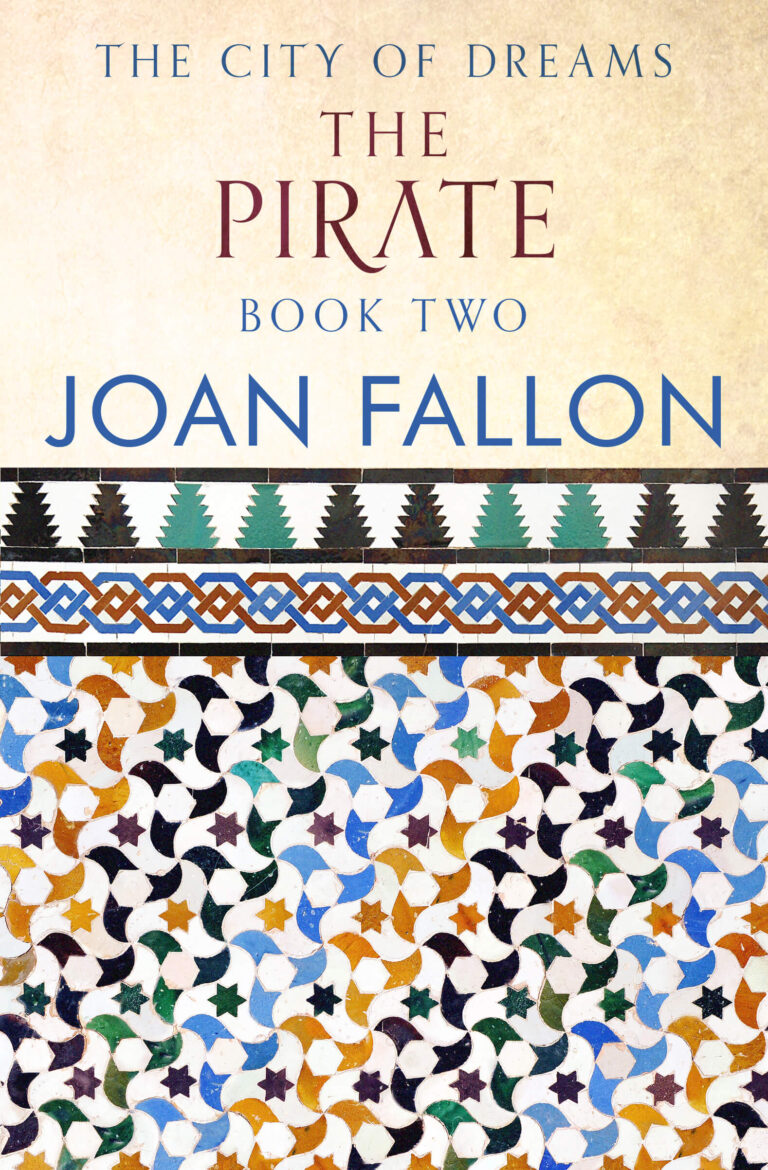
Set in 11th century Málaga, ‘The Pirate’ is the second book in The City of Dreams trilogy. This fast moving and exciting historical novel takes the reader into the medieval world of the merchants and seafarers who sail along the
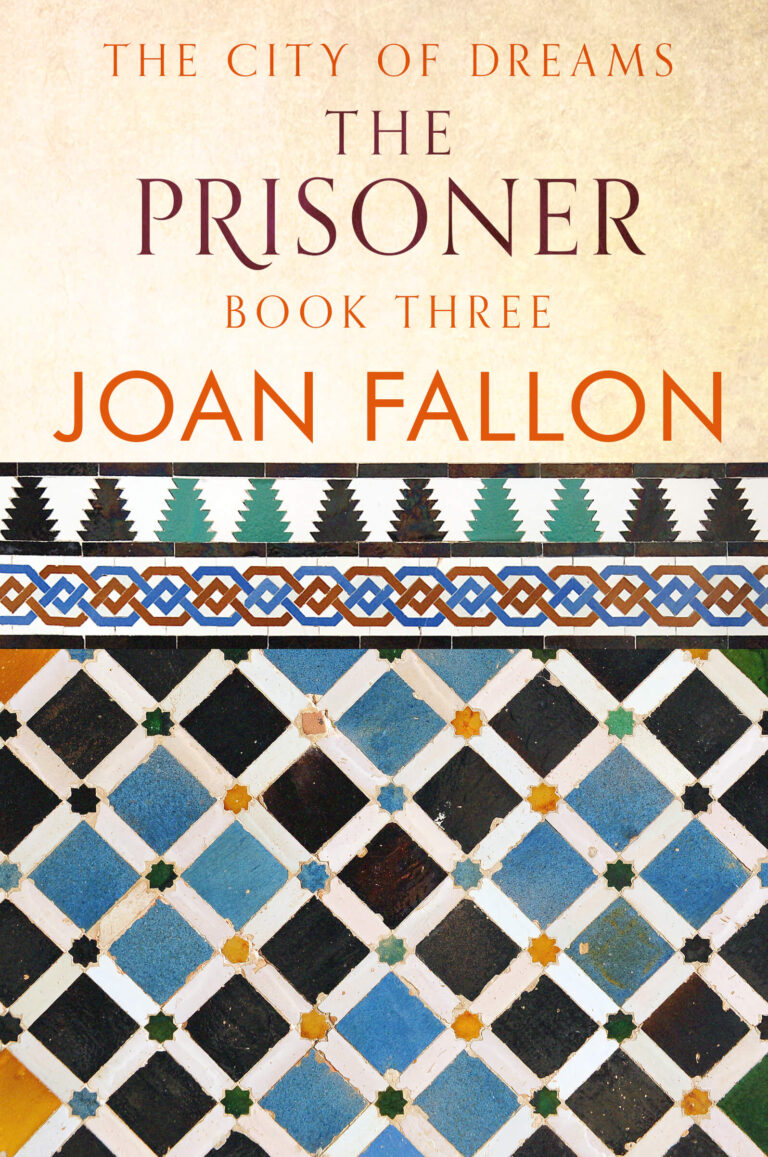
The Prisoner is a fast moving story of adventure, murder and romance set in the exotic and vibrant 11th century city of Málaga. Book 3 in The City of Dreams trilogy picks up from the story of the Moorish prince

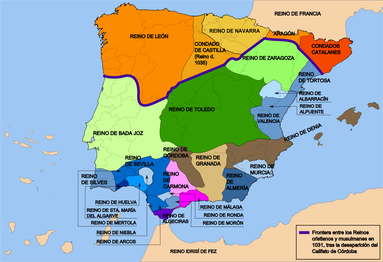
al-Andalus and the period of the taifas
In The City of Dreams trilogy, I try to make sense of this very turbulent, and poorly recorded period of Spanish history, from the perspective of what happened in Málaga.
After the fall of Córdoba, in AD 1013, when General al-Wahdi surrendered to Sulayman and his Berber soldiers, the destruction of Córdoba began. The city was sacked and plundered; the citizens were massacred, the libraries and universities disappeared and sixty eminent scholars were murdered in one day.
Sulayman took on the title of caliph and became Sulayman II, but he didn’t rule for long. His policy of giving concessions to his Berber, Arab and slave troops reduced his caliphate authority. His was a reign of terror, killing and looting and the Berbers treated Córdoba as a city under occupation. Sulayman’s generals were given provincial governorships as rewards, and in 1016, just three years after he became caliph, Sulayman was deposed and murdered by one of them, the governor of Cueta.
Ali ibn Hammud set himself up as caliph of Córdoba from 1016 until his death in 1018, but although he didn’t live long enough to enjoy his power, his son inherited his title and the rule of the Hammudid dynasty had begun.
In The City of Dreams trilogy, the country is no longer held together by one strong ruler as it had been for the previous two hundred and seventy-five years. The Golden Age of Moorish Spain was over; Córdoba was no longer the cultural capital of the western world, and the country which had been a strong, united state was now in disarray.
Al-Andalus had split into a number of warring princedoms, which were referred to as ‘taifas.’ Some were ruled by ex-slaves, others by ex-soldiers who set themselves up as emirs.
Málaga was one such taifa, but with a difference; it was ruled by a caliph and not an emir. When Yahya I inherited the title of caliph from his father Ali ibn Hammud, he found he was no longer welcome in Córdoba, so he moved his court to Málaga and declared the city to be an independent taifa. However he soon found himself at war with his neighbours, in particular the taifa of Seville, whose ruler Abbad I was ruthless in his drive for power.
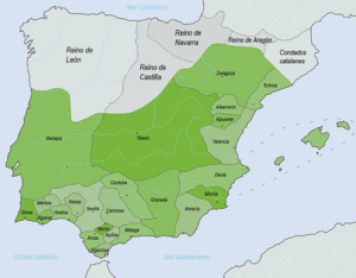
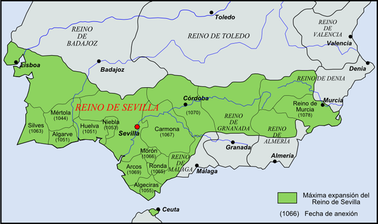
As you can see from the maps, during a fairly short period of time some of the weaker taifas were soon defeated and swallowed up by the more powerful ones, particularly Seville, Badajoz and Toledo.

Ali ibn Hammud al-Nasir caliph of Córdoba 1016 -1018 AD
His eldest son:
Yahya ibn Ali ibn Hammud al-Mutali, caliph of Córdoba 1021-1023 and 1025-1026 and caliph of Málaga 1026-1035 (Yahya I)
His second son:
Idris ibn Ali al-Mutaayyad caliph of Málaga 1035-1039 (Idris I)
Eldest son of Yahya I and Fatima:
Hasan ibn Yahya ibn Ali caliph of Málaga 1040-1042
Second son of Yahya I and Fatima:
Idris ibn Yahya ibn Ali (Ben Yahya) caliph of Málaga 1042 -47 (Idris II)
Sons of Idris I:
Muhammad ibn Idris ibn Ali ruler of al-Jazira
Yahya ibn Idris (Yahya II)
© 2021 All rights Reserved. Joan Fallon.